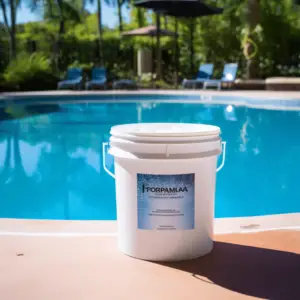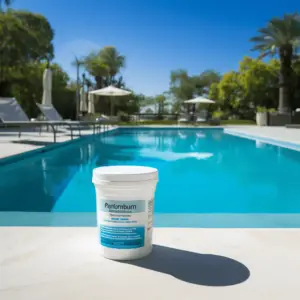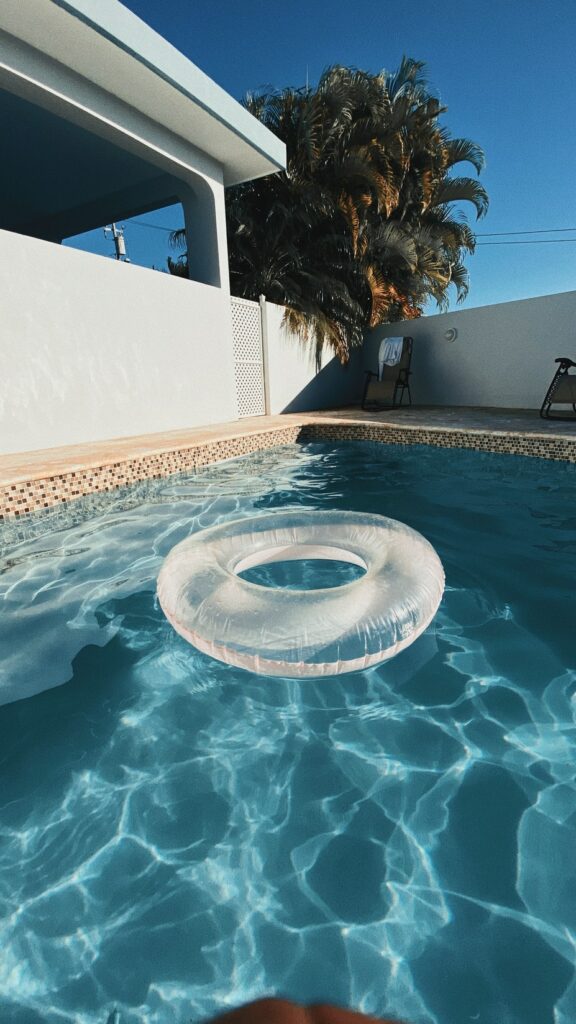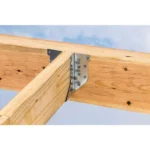Phosphate Removers is green and cloudy, chances are that the phosphate levels in the pool are too high. Too many phosphates can lead to increased algae growth and make it difficult to maintain proper swimming pool chemistry. But what does phosphate have to do with a swimming pool?
Phosphates refer to organic materials that naturally occur in your pool coming from dead leaves, lawn fertilizer runoff, certain pool chemicals among other sources. At high enough levels, phosphates support the growth of algae in your pool, turning your pool’s water green and cloudy.
With that, we’d like to introduce you to two highly concentrated phosphate removers: Pr 10000 vs. Phosfree. It is unlikely that you’ll be able to eliminate all of the phosphates from your pool, but the goal here is to keep the phosphate levels low enough that they won’t support algae growth.
Read on to learn more about Pr. 10000 vs. Phosfree and how you can decide on the right choice to combat phosphate before it has taken over your favorite swimming pool.
Table of Contents
PR- 10000 vs. Phosfree: Overview

The PR- 10000 is one of the more popular, highly concentrated phosphate-fighting chemicals on the market today. It has been formulated to react with all kinds of phosphates in the water and hardens them into a fine precipitate, allowing them to be removed from the solution.
Brought to you by Natural Chemistry, Phosfree, on the other hand, is a high-level phosphate remover, specifically designed to bring phosphate levels in your pool to near zero. This treatment enables you to easily maintain low levels of phosphate in even the largest volume of water.
How to Use PR-10000
PR 10000’s high concentration makes a little go a long way. This may seem like a little amount, but PR 10000 is the strongest phosphorus control treatment on the market.
Normal treatment should not exceed 8 ounces per 10000 gallons of water unless otherwise stated. This affects filter pressure and is significant. A fine precipitate flows out of the solution after phosphates are removed. Too much precipitate might cause filter pressure to rise.
Pro Tip: Consider using PR 10000 in a commercial spray bottle and apply it across the surface of the pool. The resultant cloudiness is less severe and you will still eliminate the amount of phosphate each treatment. You might want to use CE-Clarifier to help filter out precipitation faster.
Recheck the phosphate levels after application and if it’s necessary repeat the process. It is recommended to taste phosphate levels monthly to ensure proper maintenance. Keep in mind that phosphate testing can be subjective as it is influenced by existing algae. Algae in a pool will lead to a false reading.
Why Choose PR 10000
The strongest phosphorus control product is PR 10000. The extremely concentrated solution reacts with water-born to eliminate algae development.
Phosphate Removers helps to prevent interface with chlorine and disinfection caused by algae and can significantly improve water quality and sanitization efficiency in the process.
Applied as directed, PR 10000 is compatible with other water treatment chemicals used in accordance with manufacturers’ recommendations. It will not compromise water chemistry parameters nor create residues detrimental to water quality.
- It is a highly concentrated and effective formula
- Designed to react to phosphate on contact
- Eliminates the need for algaecides
- Treats phosphate levels up to 2000ppb per dose
- Nontoxic and nonhazardous
- Improves sanitization process
How To Use Phosfree
Pool phosphate levels are easy to control with Phosfree from Natural Chemistry. This product contains lanthanum rare-earth compounds. Phosfree forms a thin layer on filter media when added to the skimmer. Phosphates will be nearly negligible once pool water passes through the filter.
For two days, put one liter immediately to the pool skimmer with the filter to start Phosfree treatment. After this start-up dose, Phosfree only needs four ounces every 10000 gallons to lower phosphate.
Note that the concentration of phosphate should remain below 12 parts per billion to prevent the formation and growth of algae. For initial treatment for high phosphate levels: Make sure the filter is and that the system is working fine.
Add the liquid concentration of Phosfree in a container with water and apply it evenly across the surface of the pool and leave the filtration system running for at least 24 hours following application. Recheck the phosphate levels of your pool using a phosphate test kit after two days and treat accordingly.
Why Choose Phosfree

Phosfree is a highly concentrated product designed to prevent the formation of algae resulting from chemicals, lawn fertilizers, and other contaminating agents. It eliminates the phosphates in which algae feed, thereby inhibiting their formation and growth.
Moreover, Phosfree is non-toxic and will not cloud pool water. It is simply added directly to the skimmer and is compatible with all sorts of swimming pools, filters, and disinfection treatment systems.
- It is easy to use
- Highly effective and non-toxic
- Enhances the performance of salt chlorinators
- Ideal for use in all types of pools
The Bottom Line
Contrary to most other contaminants in water, chlorine cannot remove phosphate because they do not interact with each other directly. As a result, it is recommended to use phosphate control solutions such as PR 10000 vs. Phosfree to significantly reduce the phosphate levels.
While you will never be able to completely remove the phosphates in your water, that doesn’t mean that using either PR 10000 vs. Phosfree is not beneficial. Just like regularly balancing your pH or observing your chlorine level, maintaining a low phosphate level is a process that will benefit your favorite pool in the long run.


